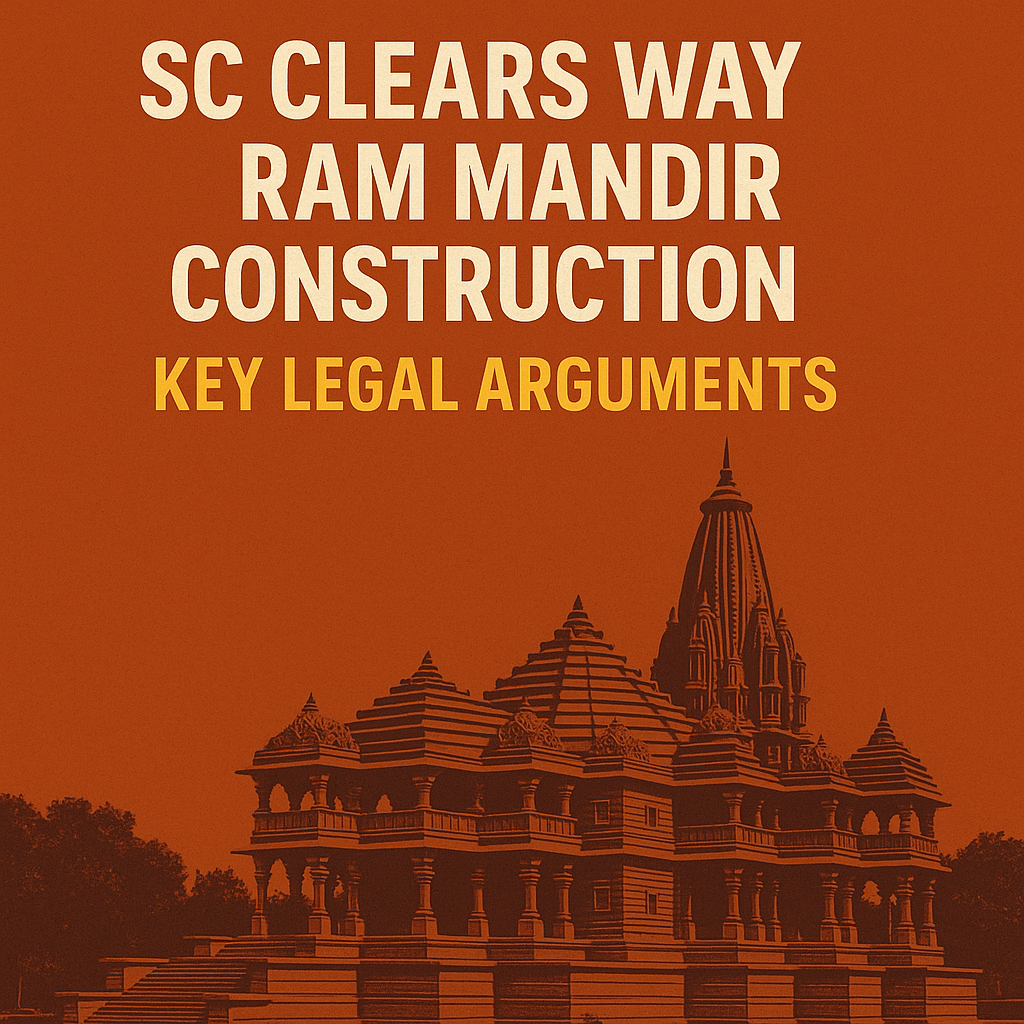Abdul Nassar Vs. State of Kerala & Anr. [Criminal Appeal No(s). 1122-1123 of 2018]
- ByPravleen Kaur --
- 15 Jun 2025 --
- 0 Comments
The Supreme Court of India, in Abdul Nassar vs. State of Kerala & Anr. [Criminal Appeal Nos. 1122-1123 of 2018], delivered its judgment on January 7, 2025, upholding the conviction of Abdul Nassar for the rape and murder of a nine-year-old girl based on strong circumstantial evidence.
Facts and Background
The case involved the brutal rape and murder of a nine-year-old child in Kerala. The victim was a friend of the accused’s daughter and used to attend Madrassa with her. On the day of the incident, the victim was last seen with the accused’s daughter but never reached the Madrassa. An extensive search was launched, and the victim’s body was discovered hidden beneath clothes in the bathroom of the accused’s house.
The trial court convicted Abdul Nassar under Sections 302 (murder) and 376 (rape) of the Indian Penal Code and sentenced him to death and rigorous imprisonment for seven years. The Kerala High Court confirmed the conviction and death sentence. The accused appealed to the Supreme Court.
Legal Issues
The Supreme Court examined whether the prosecution had established the guilt of the accused beyond reasonable doubt through circumstantial evidence, and whether the chain of circumstances conclusively excluded any other hypothesis except the guilt of the accused.
Supreme Court’s Findings
The Court conducted a detailed analysis of the evidence and held that the prosecution had successfully established an unbroken chain of circumstantial evidence pointing to the guilt of Abdul Nassar. Key circumstances included:
The victim’s close association with the accused’s daughter and last being seen with her.
The victim’s failure to reach Madrassa and subsequent search focusing on the accused’s house.
Discovery of the victim’s body concealed in the accused’s bathroom.
The accused’s conduct and failure to provide a plausible explanation.
The Court emphasized that minor contradictions in witness statements did not weaken the overall chain of evidence. It underscored the necessity of a rigorous and thorough evaluation of circumstantial evidence, which was satisfactorily met in this case.
During the pendency of the appeal, the accused passed away. The Court noted that the question of execution of the death sentence became moot, but the appeals were maintained for the sake of justice.
Conclusion
The Supreme Court dismissed the appeals, affirming the conviction and death sentence awarded to Abdul Nassar. The judgment reiterates that:
Circumstantial evidence, when complete and consistent, can sustain conviction beyond reasonable doubt.
Minor discrepancies in witness testimonies do not vitiate the prosecution’s case if the overall chain of evidence is intact.
The courts must meticulously analyze and articulate the inferences drawn from evidence to establish guilt conclusively.
This ruling reinforces the principles governing appreciation of circumstantial evidence in criminal cases, ensuring that justice is served in heinous crimes against vulnerable victims.






























0 comments